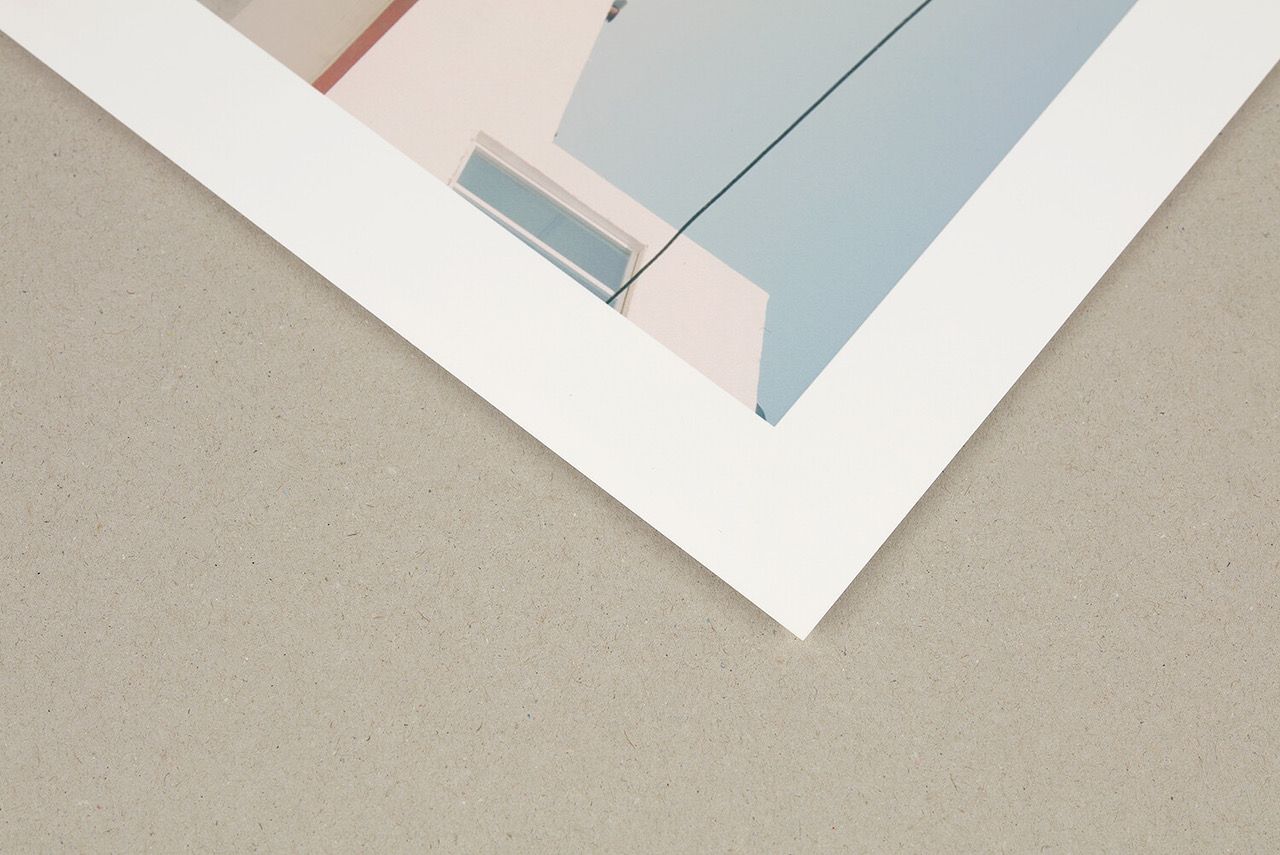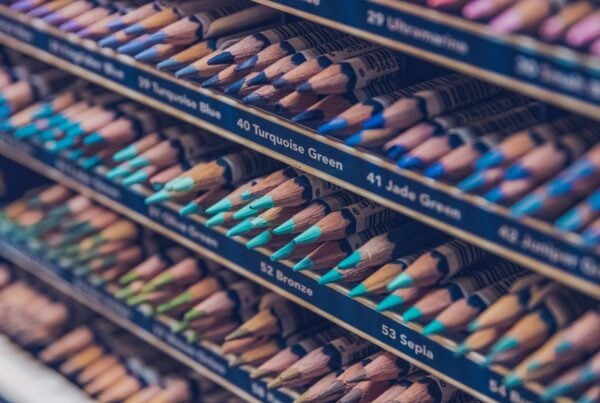Giclee printing has revolutionised the world of art reproduction, providing artists and photographers with high-quality prints that capture the essence of their original works. While the printer and ink play vital roles in the printing process, selecting the right paper is equally important. In this article, we will explore the key factors to consider when choosing the best paper for giclee printing.
Table of Contents
1: Understanding Giclee Printing
Giclee printing is a digital technique that uses high-resolution inkjet printers to produce archival-quality prints. This process requires a combination of specialised inks and compatible papers to achieve the desired results. Understanding the intricacies of giclee printing is essential for making informed decisions when selecting the appropriate paper. According to a study conducted by the University of California, Davis, choosing the right paper for giclee printing can significantly impact the colour accuracy and longevity of the print.
2: Paper Weight and Thickness
One of the primary considerations when choosing paper for giclee printing is its weight and thickness. The weight of the paper is measured in grams per square meter (gsm) and determines its durability and feel. Lighter papers, ranging from 100-200 gsm, are suitable for delicate and lightweight prints, while heavier papers, around 250-350 gsm, offer more durability and support for larger prints. The thickness of the paper also plays a role in the overall quality and presentation of the print. A study published in the Journal of Imaging Science and Technology suggests that the weight and thickness of the paper can affect the ink absorption and drying time, ultimately impacting the print quality.

3: Paper Surface and Texture
The surface and texture of the paper significantly impact the final look and feel of the giclee print. Different surfaces, such as matte, glossy, or satin, offer distinct visual effects. Matte surfaces are known for their non-reflective and smooth finish, ideal for fine art and monochrome prints. Glossy surfaces, on the other hand, enhance the colour vibrancy and provide a shiny appearance. Satin finishes strike a balance between matte and glossy, offering a subtle sheen without excessive reflection. Additionally, some papers come with unique textures, such as smooth, textured, or canvas-like, which add depth and character to the print. The American Society of Media Photographers recommends considering the desired texture and visual impact when selecting the paper surface for giclee printing.
4: Paper Coating and Archival Quality
To ensure longevity and archival quality, it is essential to consider the coating applied to the paper. Archival-grade papers are acid-free and lignin-free, preventing yellowing and deterioration over time. The coating can further enhance the paper’s resistance to fading, moisture, and UV light. A popular coating used in giclee printing is the microporous coating, which allows for precise ink absorption and colour reproduction. According to a research paper published in the Journal of Cultural Heritage, using archival-grade paper with appropriate coatings can significantly extend the lifespan of giclee prints.
5: Consideration for Artistic Vision and Print Style
Ultimately, the choice of paper should align with your artistic vision and the intended style of the print. Factors such as colour reproduction, contrast, and the desired aesthetic impact should guide your decision. Some papers are specially formulated for specific printing styles, such as black-and-white photography, landscapes, or portraits. Experimenting with different papers can help you discover the perfect match that elevates your artwork. Seeking guidance from experienced artists and professional giclee printers can provide valuable insights into selecting the ideal paper for your artistic vision.
In Summary:
Selecting the right paper for giclee printing is crucial in achieving the desired quality, durability, and visual impact of the final print. By considering factors such as weight, thickness, surface texture, coating, and artistic vision, you can make informed decisions that enhance the essence of your artwork. Remember to experiment and explore different papers to find the perfect combination that brings your giclee prints to life. Incorporating contextual references and insights from studies and experts in the field ensures that your choices are grounded in evidence and experience.









